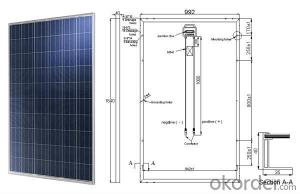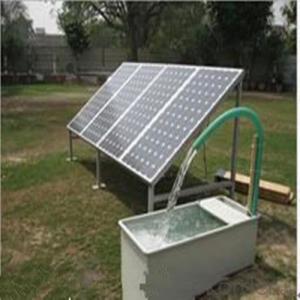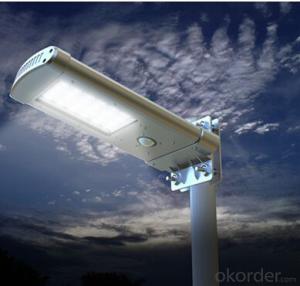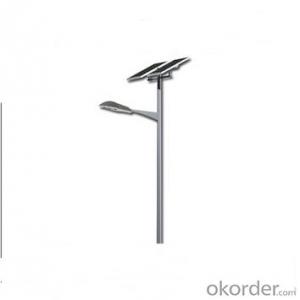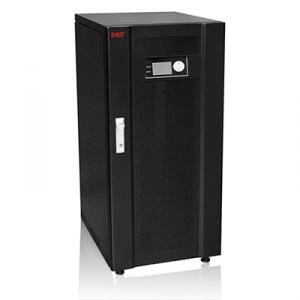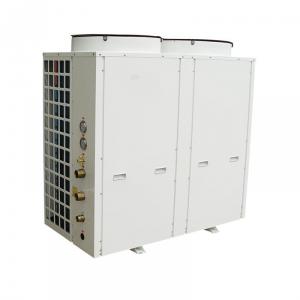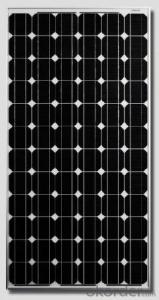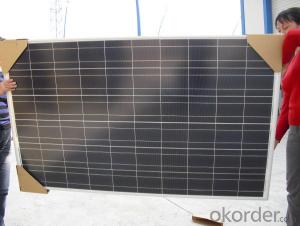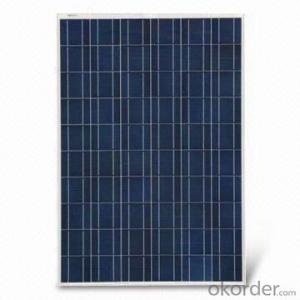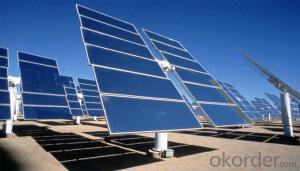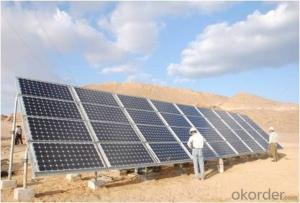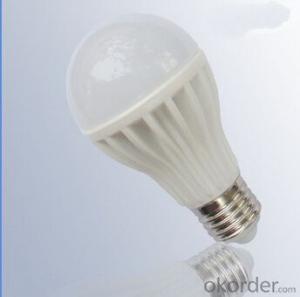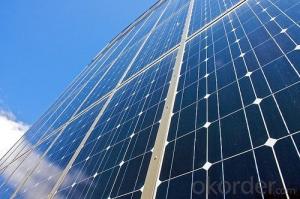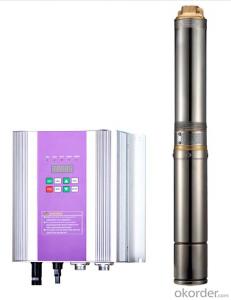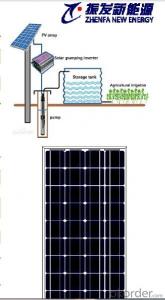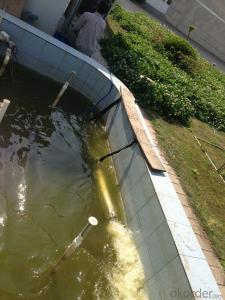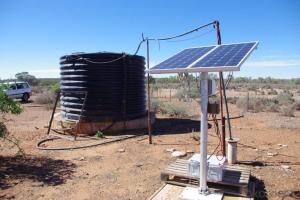Solar Power Energy Systems
Solar Power Energy Systems Related Searches
Solar Charger With Inverter Stainless Steel Brillo Pad Energy Transfer In Solar Cells Best Solar Inverter Charger Plastic Solar Lanterns Smart Solar Power Inverter Solar Energy Power Inverter Solar Battery Charger Module 12v Solar Inverter Charger 12 Volt Solar Inverter ChargerHot Searches
Solar Items Wholesale Solar Inverter Systems Best Place To Buy Flashlights Cost To Install Frp Panels I Want To Buy A House Cost To Hire Scaffolding Cheapest Place To Buy Plywood Medical Supply Store Close To Me Cost To Aerate Lawn Cheapest Place To Buy Kerosene Cost To Install Hardwood Floors Cost To Refinish Hardwood Floors Solar Hot Water Collectors For Sale 8 Inch Water Pump For Sale Solar Inverter For Split Ac Solar Inverter With Ac Outlet 1 Hp Solar Water Pump Price Jain Solar Water Pump Price Kirloskar Solar Water Pump Price Aluminum Ac Coil Scrap PriceSolar Power Energy Systems Supplier & Manufacturer from China
Okorder.com is a professional Solar Power Energy Systems supplier & manufacturer, offers integrated one-stop services including real-time quoting and online cargo tracking. We are funded by CNBM Group, a Fortune 500 enterprise and the largest Solar Power Energy Systems firm in China.Hot Products
FAQ
- Certainly, desalination processes can utilize a solar pump. By harnessing solar energy, these pumps can extract water from wells, rivers, or oceans. Specifically for desalination, the solar pump would draw seawater and transport it to the desalination plant. Desalination refers to the removal of salt and impurities from seawater, making it safe for human consumption or irrigation. Solar pumps are an excellent choice for this purpose due to their use of renewable energy, resulting in cost-effectiveness and environmental friendliness. Various desalination techniques, such as reverse osmosis (RO) or multi-stage flash (MSF) distillation, can benefit from the utilization of solar pumps. In the RO process, the pump applies pressure to seawater through a semi-permeable membrane, separating the salt and impurities. In MSF distillation, the pump transports seawater to heat exchangers where it is heated and evaporated, leaving behind salt and other impurities. The use of solar pumps in desalination processes offers several advantages. Firstly, solar energy is abundant and free, significantly reducing operational costs compared to pumps powered by traditional fuels. Additionally, solar pumps require minimal maintenance and have a long lifespan, providing reliability and sustainability to desalination plants. Moreover, employing solar pumps for desalination reduces reliance on fossil fuels, resulting in reduced greenhouse gas emissions and environmental impact. This aligns with global efforts towards clean energy and sustainability. To conclude, solar pumps are indeed a viable option for desalination processes, providing a cost-effective and environmentally friendly solution to extract and treat seawater for various applications.
- Yes, a solar pump can be used in areas with limited access to skilled labor for installation. Solar pumps are relatively simple to install compared to traditional pumps that require extensive electrical wiring and infrastructure. They can be easily set up by following the manufacturer's instructions and do not require specialized skills or expertise. Additionally, solar pumps are designed to be low maintenance and reliable, reducing the need for frequent repairs or technical assistance.
- Yes, a solar pump can be used for both irrigation and drinking water purposes. Solar pumps are versatile and can be used to extract water from various sources such as wells, rivers, or lakes. The water can then be used for irrigation purposes to water crops or for drinking purposes after proper filtration and treatment. Solar pumps provide a sustainable and energy-efficient solution for both agricultural and domestic water needs.
- Yes, solar pumps can be used for water supply in remote forestry or logging sites. Solar pumps are a reliable and sustainable solution that can efficiently extract and deliver water from various sources such as wells, rivers, or lakes. They operate using solar energy, eliminating the need for grid electricity or fuel, making them ideal for remote locations. Additionally, solar pumps are low maintenance, cost-effective, and can be customized to suit the specific water requirements of forestry or logging sites.
- The programming and control system of a solar pump works by utilizing various components and technologies to ensure efficient and reliable operation. Firstly, the system consists of solar panels that convert sunlight into electrical energy. These panels are usually installed in a location with maximum exposure to sunlight to ensure optimal energy generation. The solar panels are connected to a charge controller, which regulates the voltage and current from the panels to prevent overcharging of the batteries. The control system also includes batteries, which store the generated electrical energy for later use when sunlight is not available, such as during the night or on cloudy days. The batteries are connected to an inverter, which converts the stored DC (direct current) power into AC (alternating current) power, suitable for driving the pump motor. The programming aspect of the system involves setting up timers and sensors to control the pump's operation. For instance, a timer can be programmed to activate the pump during specific times of the day when sunlight is abundant. This ensures that the pump operates when there is sufficient solar energy available. In addition, sensors can be integrated into the system to monitor water levels, pressure, or other relevant parameters. These sensors can provide feedback to the control system, allowing it to adjust the pump's speed or halt operation if certain thresholds are exceeded. This helps in preventing over-pumping or damage to the system. Furthermore, the programming and control system may also incorporate features such as remote monitoring and control. This allows users to monitor the pump's performance, receive alerts on any issues, and adjust settings remotely using a smartphone or computer. Such features enhance convenience and enable proactive maintenance. Overall, the programming and control system of a solar pump combines the power generation capabilities of solar panels, the energy storage capacity of batteries, and intelligent programming to optimize the pump's operation. This results in an efficient, sustainable, and reliable water pumping solution that harnesses the power of the sun.
- Yes, there are limitations to the type of control system that can be used with a solar pump. One limitation is the availability of sunlight. Solar pumps rely on solar panels to generate electricity, so if there is insufficient sunlight, the pump may not work optimally or at all. Additionally, the size and capacity of the solar panels also impact the pump's performance. Other limitations include the need for proper installation and maintenance, as well as the compatibility of the control system with the specific solar pump model. Overall, while solar pumps offer sustainable and efficient water pumping solutions, their control systems are subject to certain limitations.
- No, a solar pump does not require a battery backup. It operates directly using the energy generated from sunlight, eliminating the need for additional power storage.
- While it is indeed possible for a DIY enthusiast to install a solar pump, it is strongly advised to seek professional assistance, particularly if you have limited expertise in electrical or plumbing work. The installation of a solar pump involves various technical aspects, such as accurately positioning the solar panels, connecting the pump to the panels, and ensuring proper installation of the pump itself. Professionals possess the necessary knowledge, skills, and tools to handle these tasks safely and effectively. They can also offer guidance on site selection, system sizing, and maintenance requirements, guaranteeing optimal performance and long-term functionality of the solar pump system. However, if you are confident in your abilities and have previous experience with similar installations, it is possible to independently install a solar pump by adhering to the manufacturer's instructions and safety guidelines.







